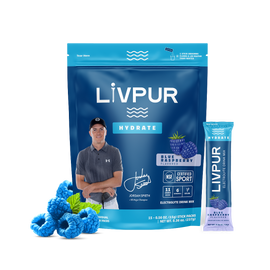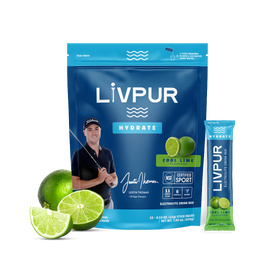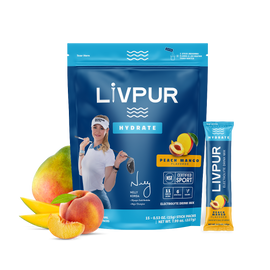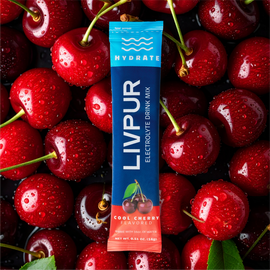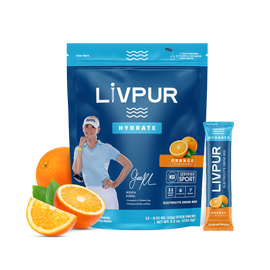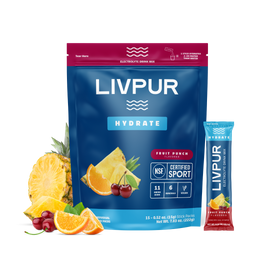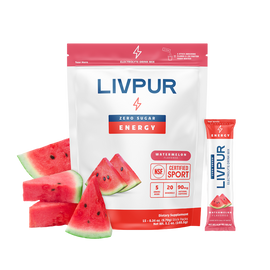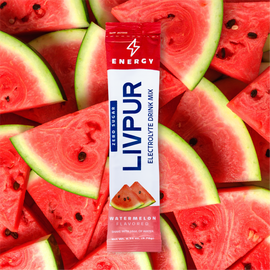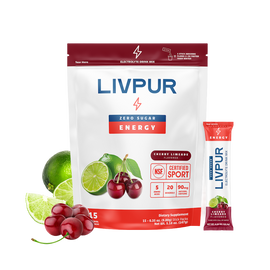May 24, 2022 • By Troy Van Biezen • Blog
How to Build Lean Muscle in 8 Simple Steps
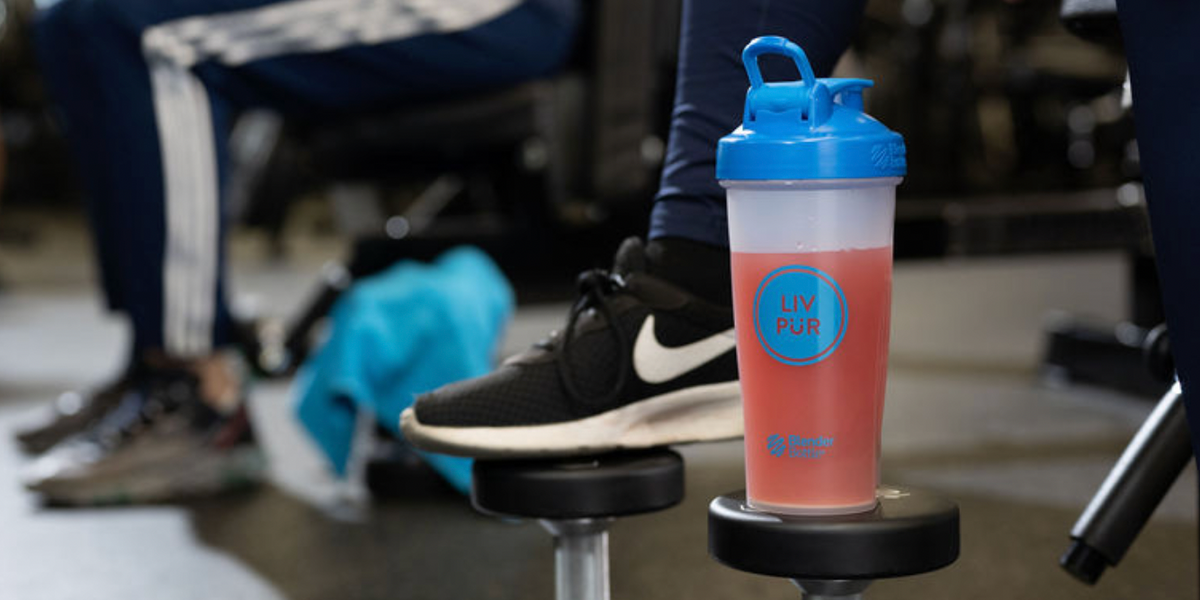
There are a lot of theories and scams out there regarding how to build lean muscle, either through false nutrition advertisements or low-quality training programs. Don’t be fooled by the quick-fix schemes. It just doesn’t happen. You have to put in your time in the gym and in the kitchen.
If you want to build muscle to get that lean muscle physique, you will need to develop a specific action plan and stick to it.
Everything from the foods you eat to the frequency and types of workouts you do will significantly impact your ability to achieve your lean muscle building goals.
Steps to Build Lean Muscle
Follow these tips that have been tried and proven over the years to start building that lean muscle look:
1. Increase your training frequency
Hitting the gym two to three times per week is fine if you want to maintain the muscle you already have, but if you’re looking to add size, consider increasing your training frequency to four to five times per week. Just understand these training sessions may need to be a bit shorter to allow for recovery.
The more muscle you have, the more calories you burn. The more calories you burn, the more you can eat and not gain fat. This training frequency will keep you in an anabolic post-workout state, and this can help you stay lean and muscular.
2. Proper Diet
Seventy to 80% of gaining a lean muscular physique happens in the kitchen. To put on lean muscle you need to eat frequently. I recommend eating five to eight times per day, which is about every two to four hours. Eating the right mix of your macronutrients (protein, carbs, and healthy fats) from whole foods is crucial in both building lean muscle but also feeding your body the right way for your workouts.
The critical macronutrient to build muscle is protein. Literature states to consume 0.8 to 1.0 grams of protein per pound of body weight a day. Healthy protein sources I recommend are grass-fed beef, organic, free-range chicken, turkey breast, salmon, beans, and quinoa.
Meal prepping is an important step to making sure you are consistent with proper eating habits. Once you have prepared your menu for the week, you go buy the food you need to make your meals... instead of just buying food at the grocery store and then trying to decide what to cook every day. Trust me, that’s not a good strategy.
3. Add supplements
Supplementation isn’t necessary if you can stick with your meal prepping. Unfortunately, for most people that’s unrealistic as our life can become extremely busy.
Protein bars and powders are great add-ons to your diet if you need the extra calories. I suggest a whey protein isolate post-workout. If dairy makes your stomach queasy, I suggest a complete plaint protein and/or BCAA supplements.
We’ve all heard you should ingest protein into your system ASAP after a workout. I agree, as your muscles do indeed need the nutrients to begin the muscle repair and growth process. But, just as important... perhaps even more important... is making sure you consume enough protein throughout the day. A 2012 study in Nutrition and Metabolism found the optimal strategy for building lean muscle is to consume 20 grams every three hours, four times a day.
4. Focus on big lifts
Compound movements that utilize multiple joints such as squats, deadlifts, overhead presses, and pullups use more muscles and therefore deliver a lot of muscle-building benefits. You will be able to load the bar with more weight during these lifts, and moving more weight is a key component to adding lean muscle.
As far as reps are concerned, I recommend between six to 12 reps for optimal lean muscle growth. Shoot for switching between heavier loads on the lower end of the rep spectrum and lighter weights on the higher end.
5. Don’t forget isolation exercises
A great addition to the big lifts are isolation exercises, which are commonly single joint exercises like bicep curls, calf raises, or tricep cable pull-downs. By adding these exercises to your workout program, you add volume to your program (a key component in building lean muscle). An example would be heavy bench press followed by a tricep pulldown.
6. Focus on recovery
The amount of time you put into the gym workouts is extremely important for building a lean physique, but your time away from the gym is just as important for muscle growth and repair.
On top of making sure your nutrition is on point, be sure to get solid, consistent sleep (around eight to night hours/night). Ample sleep may be the most important habit to help build muscle. If you get at least eight hours of sleep, you will have more energy for your workouts, be able to plan your meals more effectively, and give your body the rest it needs.
A 2011 Brazilian study found that skipping out on sleep decreases protein synthesis, leading to muscle loss. Plus, growth hormone is naturally released during sleep, and if you don’t get enough Zzz’s, your body will not produce this hormone that is needed to build muscle and keep tissue healthy.
7. Stay hydrated
It is important to keep your body replenished with essential nutrients and electrolytes for your body to function optimally. You’ll be able to hit the gym harder with optimal muscle performance when your body is properly hydrated. It’s one of the foundations of building lean muscle.
One of the biggest misconceptions about hydration is that it requires drinking more water. While sufficient water intake is necessary to be hydrated, over-hydrating can lead to electrolyte imbalance. That’s why hydration is about electrolyte balance as well as water consumption. To support proper electrolyte balance in the body and properly rehydrate after intense workouts, I recommend LivPur Hydrate.
8. Stay patient
When writing your muscle-building goals, take into consideration that it is important to stick with a program long enough to reap its benefits. Allow your body to improve its strength and change body composition by consistently sticking with your program.
“Rome wasn’t built in a day.”
There you have it. My top tips for how to build lean muscle. Start now, make it part of your lifestyle, and be the best you can be.
